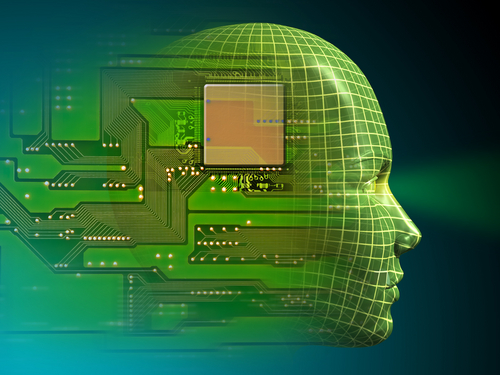Learning is a literally a fundamental process with certain Theories of Learning, which enables an organism to service. Learning is one of the key concepts in education. Hence, learning has been identified as one of the focal areas of educational psychology.
Meanwhile, it has been defined in several ways. A common definition used very often is as follows:
It is a psychological process that refers to any change of behavior that is relatively permanent and could be attributed to a result of some particular experience, observation or training.
From this definition, three things are noteworthy and they are
- Change in behavior;
- Relative performance
- Consequence of experience, observation or tracing. All the three must exist before learning can take place.
Types of Learning
Learning is complex and multifaceted in such a way that no single activity can represent it completely. The followings form types of learning:
- Classroom learning
- Social learning
- Incidental learning
- Problem solving learning
- Verbal learning
- Skill learning
Theories of Learning
A very large number of theories have been propounded by various scholars in the field of psychology to explain the nature and complexity of the learning process.
A theory refers to any systematic or coherent set of ideas, principles or laws proposed to further our understanding, control and prediction of nature phenomena.
Read Also: Meaning of Educational Psychology
Learning theories can be broadly classified into two categories.
1) S-R Theories (Behaviors) Associations / Connectionists
Some examples of learning theories include the following:
- Pavlov’s conditioning theory of learning
- Thornlike’s theory of learning
- Skinner’s theory of learning
- Watson’s theory of learning
- Guthrie’s theory of learning
- Hall’s theory of learning
2) Cognitive Field Theories
Some examples of theories under this category include:
a. Gestalt’s theory of learning
b. Field’s theory of learning(Kurt Levin)
c. Tolman’s sign
All these theories’s employed experiments with some kinds of animals(dogs, cats,rats, pigeons, monkeys) to observe the nature and processes of learning.
Full details of the experimental designs of these theories are not provided herein, however some principles of learning deduced from the experiments are highlighted below:
Principles of Learning

Pavlov’s Theory of Learning
The following are the learning principles Pavlov gave after his experiments with dogs.
- Reinforcement– repeated presentation of food (reinforcement) made the animal to repeat behaviour (salivation). Discontinued presentation of reinforcer (food) made behaviour to disappear.
- Extinguish – this is the animal’s inability to repeat (forget) learned behaviour due to lack of reinforcement.
- Stimulus Generalization – Pavlov observed that his dog which learnt to salivate at the sound of the beings hold to this principles.
- Stimulus discrimination – Pavlov observed that his dog salivate in the presence of a small red bell rather than other bells. Thus the ability to discriminate the small red bells from the other bells is pertinent and occurs through discrimination.
Related: 12 Ways to Make Huge Money using your Boat
Thorndike’s Principles of Learning
The following forms the tenets of learning deduced from Thorndike’s experimentation with rats.
- Law of effect.
- Law of exercise (practice).
- Law of readiness.
- Law of intensity.
- Law of recency.
- Law of multiple responses.
These principles need to be fully studied and understood by classroom teachers. This is because they all have far reaching effects on how human beings(pupils/students) learn.
Application
The above principles can be wisely applied into classroom teaching/learning processes. The following recommendations are given.
- More opportunities should be given to learners to use and repeat (practice) the knowledge they acquired in the classroom.
- To strengthen learning, a room should be given for re-learning of the learnt materials.
- Assignments, exercise and drills should be given after each instruction.
- Adequate teaching materials need to be employed in classroom instruction.
- Pupils/students should be rewarded after making correct responses during teacher – learner interactions.
- Readiness factors: motivations, experience relevance of materials and personal adjustment of learners should be adequately taken care of before instructions are designed.
Conclusion
The nature and process of learning are very complex. Various theories of learning have offered substantive explanations on learning processes. To clarify the complexities of learning process, teachers need to understand the various perspectives of the learning process and the tenets put forward. Unless such is done, teachers would not impact the desired goals into the students.
Read Also: Master of Business Administration Logo
